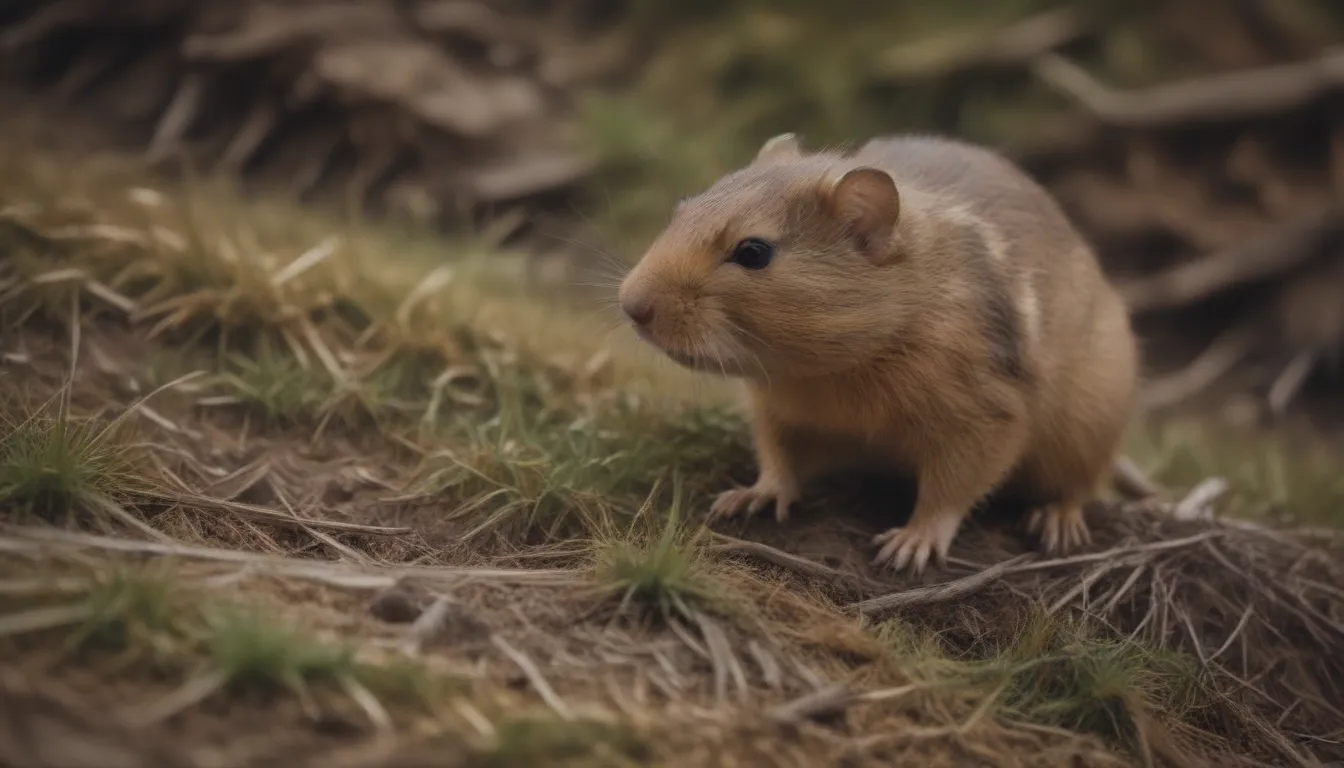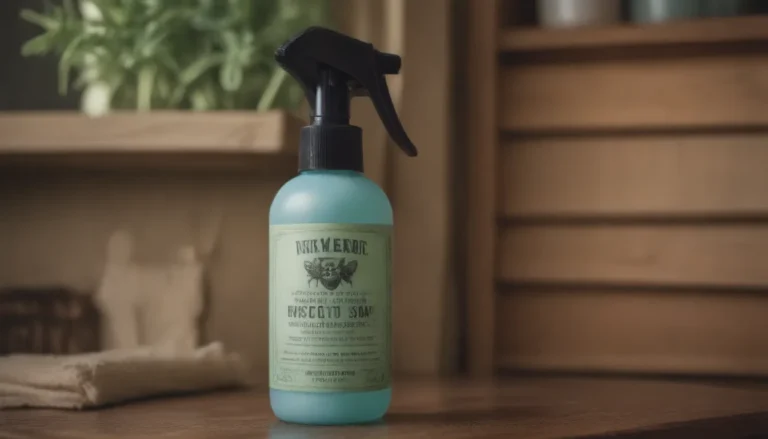Understanding the Difference Between Voles and Moles

Are you dealing with a pesky critter wreaking havoc on your lawn? It’s essential to know whether you have a vole or a mole infestation to effectively address the issue. These furry creatures may seem similar at first glance, but they have distinct characteristics that set them apart. In this guide, we’ll explore the key differences between voles and moles, how they damage lawns, and the best methods for controlling them.
Key Differences and Characteristics
Voles, scientifically known as Cricetidae, and moles, classified as Talpidae, may share rhyming names, but that’s about where their similarities end. Let’s delve into the unique traits of each creature to help you identify whether you’re dealing with a vole or a mole infestation.
Voles:
- Voles have a vegetarian diet and are known to consume garden plants.
- These critters create runways on the surface of the lawn rather than deep tunnels like moles.
Moles:
- Moles are carnivores that feed on worms, grubs, and adult insects.
- Their deep tunnels underground can disturb the root systems of plants, causing damage to landscaping.
How Voles and Moles Damage Lawns
Understanding how voles and moles cause damage to your lawn is crucial for effective pest control. While moles tunnel deep underground, disrupting plant roots, voles create surface runways that can make your lawn look unsightly. Here are some common signs of vole and mole damage:
- Voles may create burrows at the base of trees, leading to tree damage and gnawing on plant stems and grass blades.
- Moles leave behind volcano-like mounds of soil, impacting the root systems of plants growing above them.
Traps for Voles and Moles
When it comes to getting rid of voles and moles, traps are typically the best solution to avoid harming other wildlife in your garden. Knowing the difference between these critters is essential for effective trapping. Voles may be attracted to bait like peanut butter, while moles typically do not respond to bait. Here are some tips for setting traps:
- Use traps designed specifically for voles or moles.
- Position mole traps at the entrance of an active molehill without bait, as moles are not typically attracted to bait.
Mice, Gophers, and Shrews: Common Confusions
In addition to voles and moles, other small mammals like mice, gophers, and shrews can often be mistaken for these creatures due to their similar appearances. Let’s briefly explore the characteristics of each to help you distinguish them from voles and moles.
Mice:
- Mice are omnivores that eat seeds, grains, fruits, and insects.
- They leave behind small nests, ground tunnels, and brown droppings.
Gophers:
- Larger than voles and moles, gophers are known for causing extensive garden damage with their burrowing habits.
- They create horseshoe-shaped mounds on lawns and feed on underground and above-ground plant parts.
Shrews:
- Shrews resemble a mix of moles and mice, with tiny eyes and ears.
- They rely on echolocation to navigate and primarily eat insects, not plants.
By familiarizing yourself with these distinctive traits, you can accurately identify the creatures in your garden and take appropriate measures for pest control.
In conclusion, understanding the differences between voles, moles, and other small mammals is essential for effective lawn maintenance and pest control. By recognizing the unique characteristics and behaviors of these creatures, you can take proactive steps to protect your landscaping from damage. Remember, traps are the preferred method for addressing vole and mole infestations, ensuring the preservation of your garden’s ecosystem.
For more information on pest control and wildlife management, consult resources from reputable institutions like Clemson University, Oregon State Extension, and the University of Maryland Extension. Stay informed and proactive in managing your garden’s health and keeping unwanted critters at bay.





